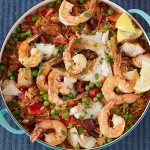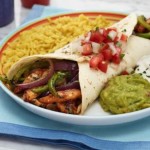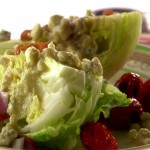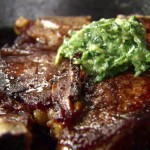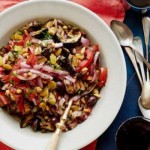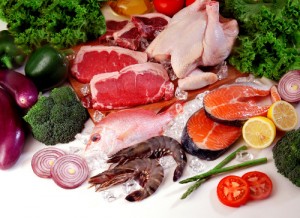
Have you heard of the Paleo diet?
This nutritional concept, which was first promoted in the 1970′s by a gastroenterologist named Walter L. Voegtlin, revolves around the idea that the diet of our ancestors from the Paleolithic era, which consisted mainly of wild plants and animals, is still the best human diet in our modern age.
The Paleo diet limits food consumption to fish, lean meats (from animals that have been fed with grass and no animal feeds), fruits and vegetables, root crops, fungi and nuts.
Meanwhile, this diet cautions against processed foods, grains, legumes, dairy products, salt, refined sugar and processed oil, opting instead for natural alternatives, i.e. honey for sweeteners. Among beverages, water and tea are preferred, while soda and alcohol are, of course, discouraged within this regimen.
Reactions to this diet have been mixed. In 2011, the U.S. News & World Report ranked the Paleo diet last among 20 diets based on health, weight loss effectivity, and ease of adaptation.
But one expert who was part of the group behind the ranking conceded that the Paleo diet, with its emphasis on “very lean, pure meats, lots of wild plants” could be a good nutrition option, albeit hard to maintain in contemporary times.
Now, we all know that what we put in our bodies has a tremendous impact on our health and fitness, and that much of what we consume today as “food” either has little nutritional value, or has been so tampered with additives, preservatives, artificial coloring, and other chemicals that later on cause health issues.
But the general consensus seems to be that it is hard to replicate a diet that our ancestors eons ago consumed, and a more moderate approach could be a better route to go, such as eating more fruits and vegetable and lessening the TV dinners and microwaved pizza. Everything in moderation, as they say.


